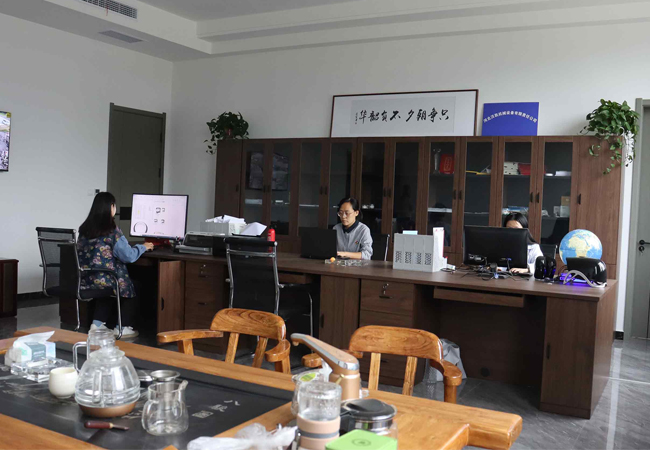pro . 16, 2024 15:12 Back to list
replacing seals on a hydraulic cylinder
Replacing Seals on a Hydraulic Cylinder A Comprehensive Guide
Hydraulic cylinders are integral components in various machinery and equipment, enabling movement and power transmission through hydraulic fluid. However, like any mechanical component, they require maintenance, and one common issue is the wear and tear of seals. Replacing seals on a hydraulic cylinder is crucial for ensuring optimal performance, preventing leaks, and prolonging the lifespan of the equipment. This article provides a step-by-step guide to replacing seals on a hydraulic cylinder.
Understanding Hydraulic Cylinder Seals
Seals are vital components that prevent hydraulic fluid from leaking out of the cylinder, while also keeping contaminants from entering. Over time, seals can wear out due to factors like pressure fluctuations, temperature extremes, and exposure to harsh environments. Identifying signs of seal failure early, such as oil leaks, decreased performance, or unusual noises, can save time and costs associated with more severe damage.
Tools and Materials Needed
Before starting the replacement process, gather the necessary tools and materials - Safety goggles and gloves - Wrenches and socket sets - Hydraulic seal kits (specific to the cylinder model) - Pick or small screwdriver (for removing old seals) - Rags for cleaning - Lubricating oil or grease for installation - Torque wrench (for reassembly)
Step-by-Step Replacement Process
1. Safety First Begin by ensuring that the hydraulic system is depressurized. Shut off the power to the hydraulic unit and relieve the pressure from the system to avoid accidents.
2. Remove the Cylinder Detach the hydraulic cylinder from the machinery. This may involve removing mounting brackets or pins. Place the cylinder on a stable surface for easier access.
3. Disassemble the Cylinder Carefully remove the end cap of the hydraulic cylinder using a wrench. Be cautious as some hydraulic fluids may still be present. Drain any residual fluid into a suitable container.
replacing seals on a hydraulic cylinder

4. Remove Old Seals Use a pick or screwdriver to gently extract the old seals from their grooves. Take care not to damage the cylinder surfaces during this process. Inspect the cylinder for any signs of wear or damage.
5. Clean the Cylinder Thoroughly clean the cylinder surfaces where the seals will sit. Remove any debris, dirt, or old sealant that could compromise the seals' effectiveness. A clean surface is crucial for proper sealing.
6. Install New Seals Apply a thin film of hydraulic oil or grease to the new seals. This will make installation easier and help the seals settle into place. Position the seals carefully in their designated grooves, ensuring they fit snugly without twisting.
7. Reassemble the Cylinder Place the end cap back on the cylinder and secure it according to the manufacturer’s specifications. Be sure to use a torque wrench to achieve the proper tightness, as over-tightening can damage the seals or the cylinder itself.
8. Reattach the Cylinder Once the cylinder is reassembled, carefully mount it back onto the machinery. Ensure all connections are secure and there are no loose components.
9. Test the System With everything in place, slowly introduce hydraulic pressure back into the system. Monitor for any leaks and listen for unusual noises. It’s essential to check that the cylinder operates smoothly and efficiently.
10. Final Inspection After testing, inspect the cylinder and surrounding areas for any signs of leaks or issues. Regular monitoring after seal replacement is advisable to ensure long-term success.
Conclusion
Replacing seals on a hydraulic cylinder is a manageable task that can significantly enhance the performance and reliability of hydraulic systems. By following these steps and maintaining regular inspections, you can prevent costly repairs and extend the life of your hydraulic components. Remember, if you encounter any difficulties or uncertainties, it’s always best to consult a professional for assistance. Proper seal maintenance ensures your machinery operates at peak efficiency, saving time and resources in the long run.
-
The Trans-formative Journey of Wheel Hub Oil Seals
NewsJun.06,2025
-
Graphene-Enhanced Oil Seals: Revolutionizing High-Pressure Oil Sealing
NewsJun.06,2025
-
Future of Hydraulic Sealing: Advanced Intelligent TCN Oil Seals
NewsJun.06,2025
-
Don’t Let a Broken TCV Oil Seal Ruin Your Day
NewsJun.06,2025
-
Bio-Inspired Dust Seals for Better Sealing Performance
NewsJun.06,2025
-
Biodegradable and Sustainable Hydraulic Seal Materials
NewsJun.06,2025
-
Top Oil Seal Solutions for Your Industrial Needs
NewsMay.22,2025
Products categories
















